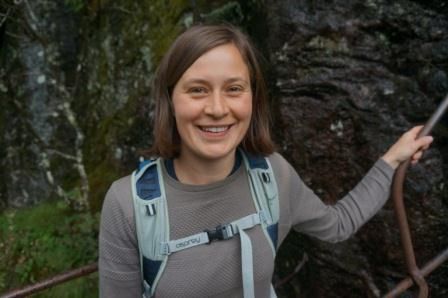A 7000 year-long cirque glacier reconstruction from South Georgia, based on detailed analysis of fine-grained sediments deposited downstream in a bog and a lake, suggests
continued presence during most of the Holocene. Glacier activity is inferred from various sedimentary properties including magnetic susceptibility (MS), dry bulk density (DBD),
loss-on-ignition (LOI) and geochemical elements (XRF), and tallied to a set of terminal moraines. The two independently dated sediment records document concurring events
of enhanced glacigenic sediment influx to the bog and lake, whereas the upstream moraines afford the opportunity to calculate past Equilibrium Line Altitudes (ELA) which
has varied in the order of 70m altitude. Combined, the records provide new evidence of cirque glacier fluctuations on South Georgia. Based on the onset of peat formation,
the study site was deglaciated prior to 9900 ± 250 years ago when Neumayer tidewater glacier retreated up-fjord. Changes in the lake and bog sediment properties indicate that
the cirque glacier was close to its maximum Holocene extent between 7200 ± 400 and 4800 ± 200 cal BP, 2700 ± 150 and 2000 ± 200 cal BP, 500 ± 150–300 ± 100 cal BP,
and in the Twentieth century (likely 1930s). The glacier fluctuations are largely in-phase with reconstructed Patagonian glaciers, implying that they respond to centennial climate
variability possibly connected to corresponding modulations of the Southern Westerly

Winds.
